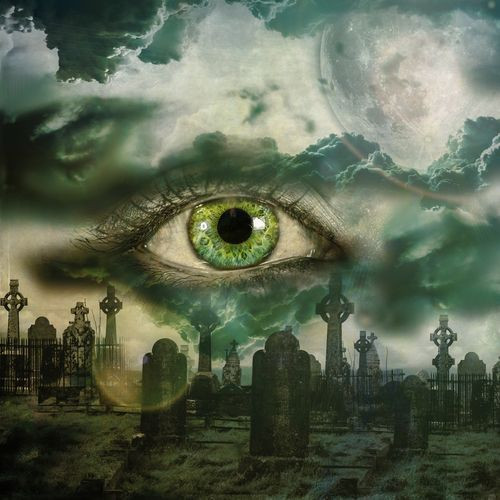Mortician Caitlin Doughty Wants To End Cremation, Burial Status Quo With Alternative Funerals

In an era of personal trainers and personalized medicine, why do most Americans still cling to their decidedly un-personal views of death? Mortician Caitlin Doughty and Designer Katrina Spade believe the time is ripe for new perspectives on the inevitable and propose fresh methods for laying our loved ones to rest. Separately, they are suggesting Americans move beyond death denial by considering alternative, sustainable methods for disposing of the bodies of the dead.
A Mortician's Death
Doughty, author of "Smoke Gets in Your Eyes and Other Lessons from the Crematory," is a provocateur of sorts, hoping to inspire a revolution. Maintaining Western culture needs to develop a greater acceptance of death, she seeks to inspire a DIY undertaking movement in America. “I’m a licensed mortician, but I want to teach people that they don’t need me,” Doughty told Wired. In various interviews, she describes how embalming is not legally required and so most of us are “perfectly capable” of taking care of a body all by ourselves. (Once we get past our fear and dread, that is.)
It's relatively simple, she claims, as long as you begin by checking into your individual state’s death laws to avoid accidentally doing something illegal like burying the body of your dearly beloved in the backyard, say, a bigtime no no in many states. In most cases, we could do as we wish when it comes to the wake and then delivering the body to the crematory or cemetery for the finalities. “The average corpse is not dangerous and does not present a threat to you, and there's nothing preventing you in most states from taking care of it yourself,” Doughty told CBS News.
And the answer to the question you absolutely must ask? “I want a natural burial,” Doughty told Wired, explaining all her mortal remains would require is a simple shroud before going straight into the ground. “But that’s because what’s not legal yet is having your body laid above ground for animals to consume it. That’s what I really want. I would love to be eaten by animals, because I eat animals and I’m an animal, and when I die they get to eat me,” Doughty said. “That seems only fair.” Despite the fact that Medical Daily has never once thought about such matters, we find ourselves bizarrely on board with this point of view.
An Urban Alternative
Now Spade, founder and executive director of the Urban Death Project (UDP), has her own opinions about what the after life might look like. First and foremost, she wishes for a sustainable process. Since currently more than half of all Americans choose a conventional burial, this means more than 30 million feet of hardwood and 90,000 tons of steel are dedicated to (or wasted on, depending on how you see it) coffins, while 750,000 gallons of toxic embalming fluid is buried with our bodies in the ground.
UDP, then, is a simple and green alternative to this understandable desire of many Americans to return a body to earth. Using a composting process, UDP safely turns the deceased into soil-building material. Plus, it provides a new ritual for laying loved ones to rest along the way.
Consider the nitty gritty of death: Hours after we die the bacteria in our gastrointestinal tracts begin to consume our mortal remains, and depending on the environment, our bodies (minus the bones) will fully decompose within a time frame of two to 12 months. Having taken this reality into account, Spade proposes a solution to overcrowded city cemeteries. She is designing for “people for whom the city is the chosen site for living,” she noted in her thesis, written for her 2013 Master’s degree conferred by UMass Amherst (the heart, then, of Emily Dickinson country). City dwellers who love “the bustling, complicated, concrete and steel metropolis,” she believes, “would find a deep comfort in becoming part of the city after dying.”
To make this a reality, she has designed the UDP for post-death services, a sort of functional trinity combining a system, a space, and a ritual into one. Essentially, the deceased would be stored in a refrigerated space for up to 10 days before the ceremony. Then, mourners would meet the body in the shrouding room, where they would wrap it, with the help of death midwives, in simple linen. Finally, the mourners enter the facility, ascend to the top of the core, where they say goodbye and perform the laying in ceremony.
From there, well, let the sustainable composting begin. Clearly, these two iconoclasts could lead us all to a richer experience of our final end.
Published by Medicaldaily.com



























